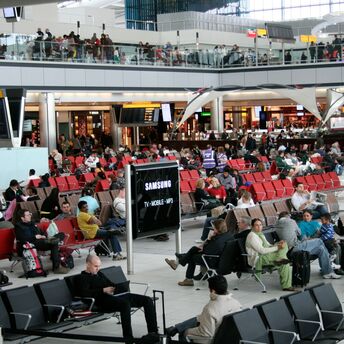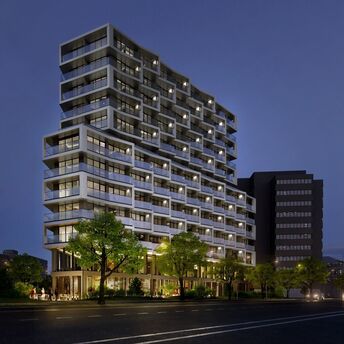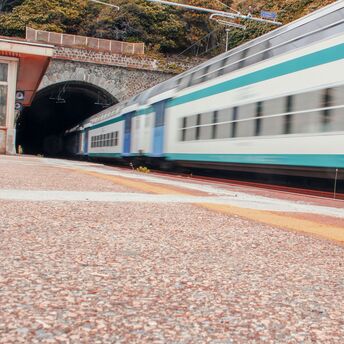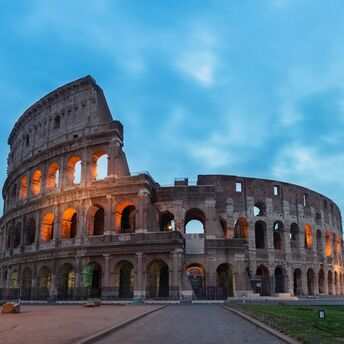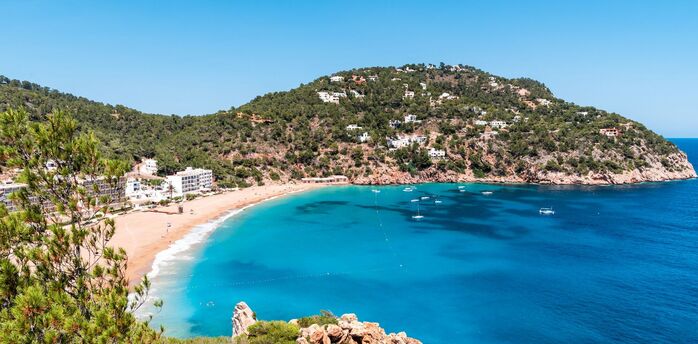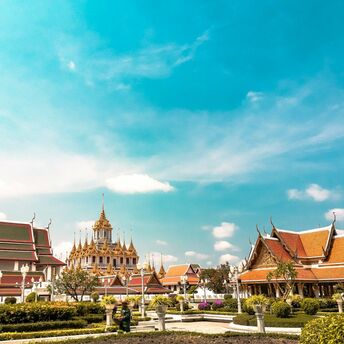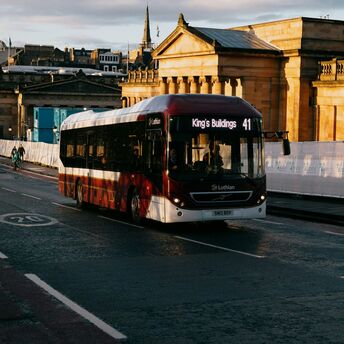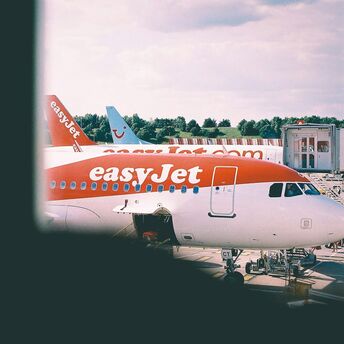Madrid Gains Popularity Amid Shifts in Spanish Tourism Patterns
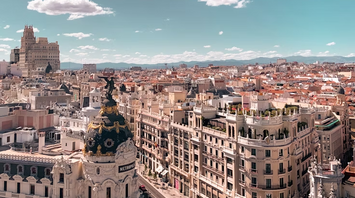
Once considered a lesser-known alternative to Barcelona, Madrid is experiencing a rise in visibility as a destination that appeals to a broader range of visitors. Growing anti-tourism sentiment in Barcelona is encouraging more visitors to explore Madrid, the centrally situated capital of Spain. Madrid presents a combination of deep cultural significance and an expanding culinary scene, which is gradually reshaping its position within Spain’s tourism landscape.
The city’s character was profoundly shaped by the Movida Madrileña, a cultural movement that took hold following Spain’s move to democracy in the 1970s. This influence can be seen in Madrid’s lively creative scene and its varied architecture, which includes everything from historic neighborhoods to brutalist buildings from the 1960s. In Madrid, traditional shops that have operated for over a century coexist with emerging artisan workshops, creating a multifaceted urban environment for visitors.
With three floors of diverse food vendors, Mercado Antón Martín caters to travelers in search of authentic, locally appreciated culinary experiences. Inside the market, Caracola focuses on Spanish tortillas and Basque-style cheesecakes, offering flavors like pistachio and dulce de leche. Since opening in 1894, Chocolatería San Ginés has become famous for its churros served with thick, rich hot chocolate. As part of Madrid’s shifting food scene, these venues serve dishes that stay true to the city’s culinary roots.
Those interested in shopping and wellness will find the Salamanca district appealing, with notable locations including Calle de Claudio Coello and Calle de Serrano, where boutiques such as Castaner, famous for espadrilles, and Paris/64, makers of Spanish handbags, are located. The Four Seasons Hotel Madrid spa offers an indoor pool and rooftop terrace for visitors seeking relaxation within the city.

The capital’s accessibility is improving thanks to direct flights from important U.S. and U.K. hubs, attracting more international visitors. Once in the city, visitors can get around easily via the metro and popular ride-hailing apps like Uber and Cabify. Madrid is gaining attention as a destination for travelers seeking a genuine city experience, supported by its cultural landmarks, diverse dining, and reliable transportation.



